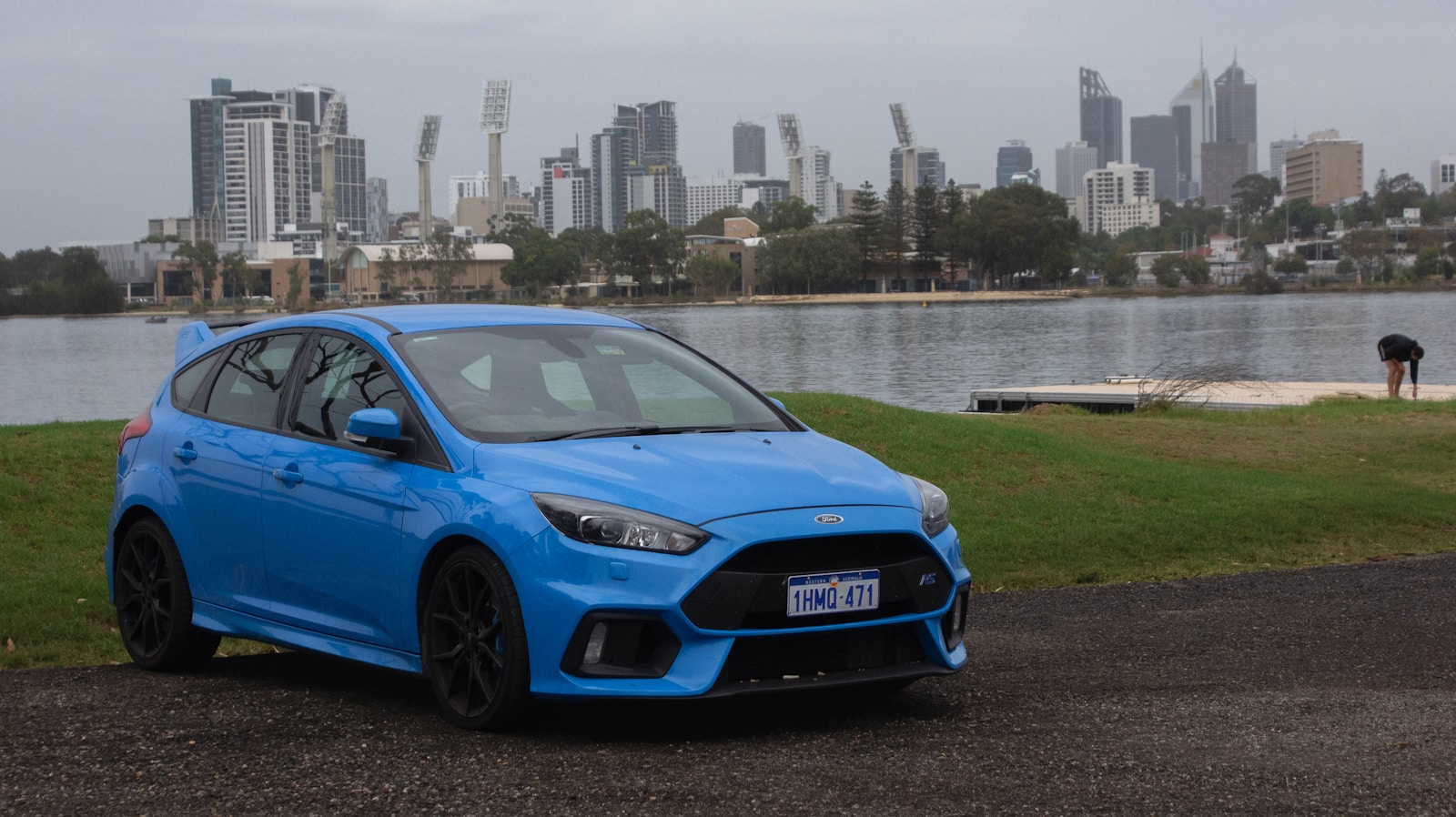If you need a reliable commuter car in 2025 and your budget maxes out at $9,000, these are the best options that won’t kill you on gas, repairs, or comfort.
Daily commuting is brutal enough without car issues draining your bank account. I’ve spent way too many mornings in Los Angeles traffic, and I know firsthand that having the right commuter car makes a huge difference. It has to be fuel-efficient, reliable, affordable to maintain, and ideally, not feel like a punishment to sit in for an hour.

Whether you’re heading to work five days a week or driving 200 miles a week for school or side gigs, the right budget commuter can help you save serious money in the long run. Below are the best commuter cars under $9,000 available in 2025 that I would actually consider buying — and why.
🚘 Best Commuter Cars Under $9,000 in 2025
1. 2010–2013 Toyota Prius
- MPG: 50–53
- Why it’s great: Insanely efficient, low maintenance, and cheap to fuel
- Downside: Not exciting to drive, but that’s not the point

Let’s get this one out of the way: the Prius is still king for commuters. It’s one of the cheapest cars to run, period. Expect high mileage examples for under $9k, but that’s fine — they’re built for it. Even the base trims come with good visibility, decent infotainment, and roomy interiors for a compact.
2. 2012–2016 Hyundai Elantra
- MPG: 28–38
- Why it’s great: Looks newer than its price, cheap to maintain
- Downside: Interior materials feel entry-level

If you want something that still looks modern, Elantras in this range are a great find. They have solid highway MPG and better tech than you’d expect for the price. Bonus: you can sometimes find 2016 models sneaking in under the budget.
3. 2016+ Honda Fit
- MPG: 30–35
- Why it’s great: Massive cargo flexibility, bulletproof drivetrain
- Downside: Road noise is higher than average

For city dwellers or short-distance commuters, the Honda Fit punches way above its weight. It’s fun to drive, super practical with the “Magic Seat” rear folding system, and surprisingly quick for its size. Fits are popular with rideshare drivers for a reason.
4. 2012–2015 Mazda3
- MPG: 28–40
- Why it’s great: Best steering feel in the segment, reliable
- Downside: Smaller rear seats and trunk

Mazda3s are for commuters who still want to enjoy driving. The Skyactiv engine is efficient, and the cabin design is cleaner than what you’ll find in most cars at this price. If you’re doing mostly highway miles, this is an excellent balance of performance and practicality.
5. 2011–2014 Toyota Corolla
- MPG: 26–34
- Why it’s great: Dead-simple to maintain, ultra-reliable
- Downside: Not exciting, but gets the job done

You’ll find plenty of Corollas with 130k+ miles under $9,000, and that’s completely fine. These are machines designed for commuting — they’re not flashy, but they’ll get you to work and back with minimal drama. Parts are cheap and easy to find.
6. 2012–2014 Ford Focus (SE Trim)
- MPG: 27–36
- Why it’s great: Spacious for a compact, good ride comfort
- Downside: Watch out for automatic transmission issues — go manual if possible

Not every Focus is a winner, but if you go for a well-maintained manual SE trim, you get a lot of car for the money. It’s comfy, quiet, and handles bumps better than many others in this class. You can often find examples with under 100k miles in this price range.
7. 2013–2015 Nissan Sentra
- MPG: 30–39
- Why it’s great: Big interior, smooth ride
- Downside: Some years have CVT issues, so service records are key

Sentras are underrated for commuting. The interior is surprisingly roomy, and they offer great gas mileage. Just be sure to check the transmission history — or get one with under 100k miles and budget for a fluid change.
🛠️ What Makes a Great Commuter Car?
When I’m judging cars for daily commuting, here’s what actually matters:
- Fuel Economy: 30+ MPG minimum for gas-only, or 40+ for hybrids
- Comfortable Seats: You’ll be in traffic. Don’t hate your car.
- Low-Cost Maintenance: Oil changes, tires, brakes — cheap and available
- Good AC and Heat: Especially in extreme weather states
- Quiet Cabin (ish): Road noise can be exhausting on longer commutes
You don’t need fancy features, but Bluetooth and a decent infotainment setup go a long way when you’re stuck in rush hour.
📊 Quick Comparison Table
| Model | Years | MPG | Known Strengths |
|---|---|---|---|
| Toyota Prius | 2010–2013 | 50–53 | MPG champ, reliable |
| Hyundai Elantra | 2012–2016 | 28–38 | Looks new, roomy |
| Honda Fit | 2011–2014 | 30–35 | Space, zippy, affordable |
| Mazda3 | 2012–2015 | 28–40 | Fun to drive, efficient |
| Toyota Corolla | 2011–2014 | 26–34 | Durable, cheap to maintain |
| Ford Focus | 2012–2014 | 27–36 | Smooth ride, quiet (manual) |
| Nissan Sentra | 2013–2015 | 30–39 | Big interior, nice ride |
Final Thoughts
You don’t have to spend a fortune to get a solid daily driver in 2025. For under $9,000, you can get a fuel-efficient, reliable car that’s easy to maintain and comfortable enough for the grind of everyday commuting. Most of these are cars that can take 150k+ miles in stride, especially if they’ve been maintained and you’re willing to do basic upkeep.
Whatever you pick, make sure to check the service history, get a pre-purchase inspection, and don’t forget to budget a few hundred for fresh tires, filters, or fluids right after you buy.
You might also be interested in:
- Used Cars With 35+ MPG Highway Under $9,000
- Best Fuel-Efficient Cars for City Driving Under $10,000
- Top Used Cars Under $10k for Both City and Highway Mileage
- Cheapest Cars to Own With Great MPG in 2025
- Best Hybrids With Low Battery Replacement Cost Under $10k
Let’s Talk Cars
Have a question? A suggestion? Just want to say hi?
You’re in the right place.
Use the form below to reach out to the AutoSpecs Daily team. We're happy to hear from readers, car lovers, first-time buyers, and anyone who's got something to share.
What can you contact us about?
- Feedback on one of our articles
- Ideas for new topics you'd like us to cover
- Questions about cars, gear, or general auto advice
- Media, partnership, or brand inquiries
- Anything else that's on your mind
We check every message that comes through and do our best to respond within 2 to 3 business days.
We don’t list an email address here to avoid spam, but the contact form is the best and fastest way to reach us.
Thanks for stopping by. We're glad you're here.

